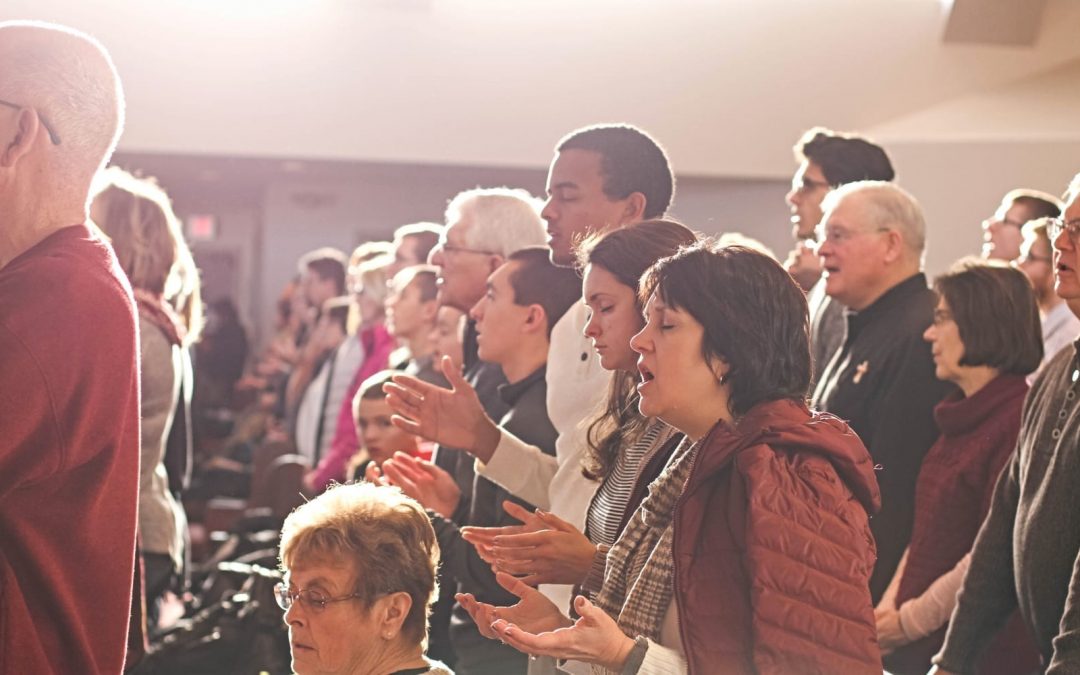One of the most frequent conversations I have with churches has to do with finances and staff.
Specifically, with the majority of churches plateaued or declining, intense pressure is often brought to bear upon church staffing models.
With finances tight, congregations are being forced to think carefully about the number of professional staff members they require and can afford, and the focus of those positions.
It can be a difficult conversation to broach in a congregation, and so we often delay and deny the looming issues.
Unfortunately, the conversation then erupts as a crisis at budget or transition time. Proactively leaning into the conversation is a much healthier alternative.
As you consider your situation, here are some guiding thoughts:
First, a church must clarify its mission, vision and strategy for their near and mid-future.
Whatever we believe the Kingdom is to look like in the coming season of our congregation’s life is what reigns supreme when it comes to facilities, staff, structures and finances.
That clarity is essential if we are to make wise and appropriate choices with regard to our staff.
There are multiple options for doing this clarification work. Choose one and pursue it with energy until you are clear and united around a shared agenda for the future.
A second key factor is the relationship between professional staff and laity.
What is the leadership culture of the congregation? Some churches seemingly hire staff to do most of the work of the church. Others seek a more balanced ministry model of an engaged laity and ministerial leaders.
What if you made this choice deliberately rather than by tradition? If you were to balance this portfolio of responsibility between laity and clergy, what would it look like?
Third, there are several ways of doing analysis of staffing expenditures and congregational attendance patterns that provide insight into the issue.
One is to analyze your congregation’s budget and rebalance the budget so that it fits generally accepted models for operation.
Specifically, break your budget into five categories: personnel, facilities, programs, debt and missions. Assign every line item in your budget into one of the categories.
Hopefully, you are debt-free or paying your debt down using a parallel capital campaign.
If so, these four categories apply to you. If not, you will need to adjust to include the debt service.
Generally accepted best practices assign these ranges to each of the categories:
- Personnel: 50 percent to 60 percent
- Facilities: 15 percent to 25 percent
- Programs: 10 percent to 15 percent
- Missions: 10 percent to 20 percent
- Debt: 0 to 5 percent
One of the key indicators of a healthy church is the combined percentage of personnel and facilities.
When this number exceeds 75 percent, the ability of the congregation to successfully engage in ministry and missions begins to be negatively impacted.
These percentages are strictly guidelines and need to be evaluated in terms of your context, congregation size and special circumstances.
Even with that, once you know your budget percentages, you can begin to make needed adjustments based upon your ministry vision, rather than in an emotional reaction to a crisis.
Another metric that lends insight into the discussion is the ratio of weekly attenders to ministerial/professional staff.
The generally accepted ratio is one ministerial staff member for every 100 regular attenders.
Thus, if your congregation averages 325 attenders, the ratio suggests you can support three ministerial staff members.
This ratio has been around for many years and seems to hold up in current scenarios.
One proviso: attendance patterns are shifting dramatically and may impact this. The frequency of attendance by regular attenders is dropping.
Do a quick check on the actual attendance habits of your congregation; you will find that many of your most faithful, regular attenders often are present 35 to 40 Sundays a year.
Not only does this have an impact on volunteer positions (class leadership, choir and so on), it means a congregation must staff and prepare for a larger congregation than the weekly attendance average suggests you have.
Count the number of people who attend your church on a monthly basis, rather than weekly.
You may find that an average weekly worship attendance of 300 may actually be an active congregation of 450 to 500, and that has implications for the staffing ratio.
However you choose to approach the issue, there are ways to evaluate your congregation’s staffing model that are tied to both metrics and mission.
When you do, remember that each staff member is a real person with a real family and a real call to ministry.
Any adjustments must be approached in a thoughtful, generous, Christ-like spirit as you move forward.
While it is a difficult conversation, it is one we must have if we are to be good stewards of our resources and our witness.
Editor’s note: A version of this article first appeared on the Center for Healthy Churches’ blog. It is used with permission.
Bill Wilson is president of the Center for Healthy Churches (CHC) housed at Belmont University in Nashville, Tennessee.


